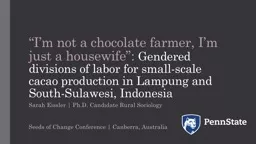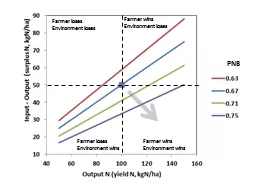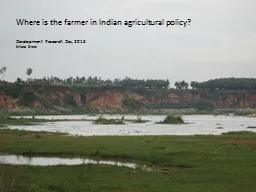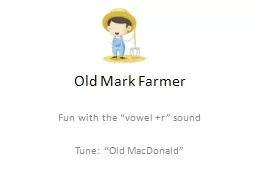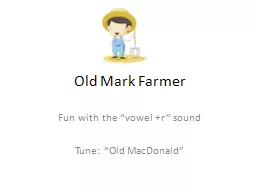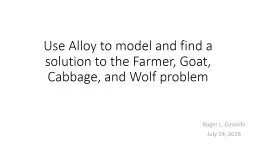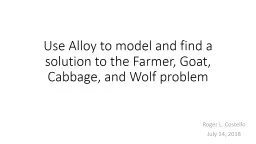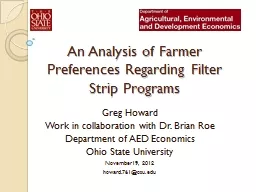PPT-“I’m not a chocolate farmer, I’m just a housewife”:
Author : marina-yarberry | Published Date : 2019-12-09
Im not a chocolate farmer Im just a housewife Gendered divisions of labor for smallscale cacao production in Lampung and SouthSulawesi Indonesia Sarah Eissler PhD
Presentation Embed Code
Download Presentation
Download Presentation The PPT/PDF document "“I’m not a chocolate farmer, I’m j..." is the property of its rightful owner. Permission is granted to download and print the materials on this website for personal, non-commercial use only, and to display it on your personal computer provided you do not modify the materials and that you retain all copyright notices contained in the materials. By downloading content from our website, you accept the terms of this agreement.
“I’m not a chocolate farmer, I’m just a housewife”:: Transcript
Download Rules Of Document
"“I’m not a chocolate farmer, I’m just a housewife”:"The content belongs to its owner. You may download and print it for personal use, without modification, and keep all copyright notices. By downloading, you agree to these terms.
Related Documents

